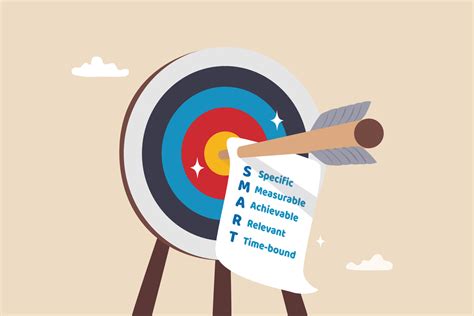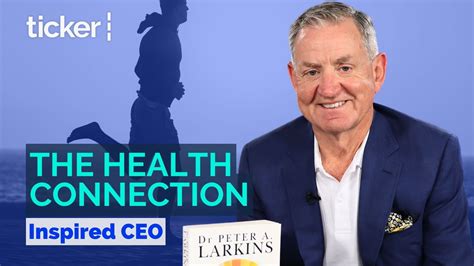Optimize recovery to maximize strength gains & elite performance?
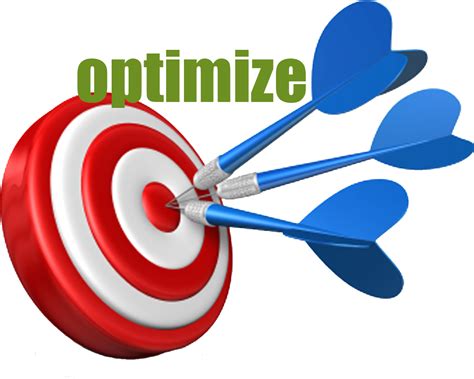
In the relentless pursuit of strength gains and elite athletic performance, many athletes and fitness enthusiasts focus almost exclusively on the intensity and volume of their training. While pushing boundaries is undeniably crucial, a critical component often overlooked, yet equally vital, is the strategic optimization of recovery. True progress isn’t made during the workout; it’s forged in the hours and days that follow, when the body repairs, adapts, and grows stronger.
The Undeniable Link: Training, Recovery, and Gains
Training sessions, whether lifting heavy weights or performing high-intensity cardio, are essentially controlled stressors. They create micro-traumas in muscle fibers, deplete energy stores, and challenge the nervous system. Without adequate recovery, the body cannot repair these micro-damages, replenish glycogen, or rebalance its hormonal milieu. This leads to a plateau in performance, increased risk of injury, chronic fatigue, and even overtraining syndrome.
Optimal recovery allows the body to complete the supercompensation cycle – adapting to the training stress and becoming stronger, faster, and more resilient than before. It’s during this phase that muscles synthesize new proteins, the central nervous system recuperates, and energy systems are restored, laying the foundation for future progress and peak performance.
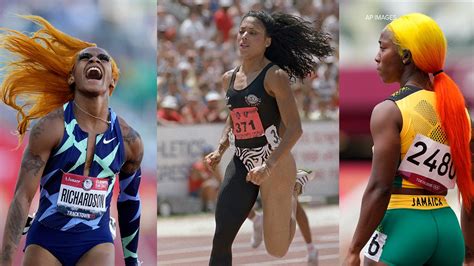
Key Pillars of Optimal Recovery
1. Prioritize Quality Sleep
Sleep is arguably the most powerful recovery tool available. During deep sleep (NREM stage 3), the body releases growth hormone, essential for tissue repair and muscle growth. REM sleep plays a crucial role in cognitive restoration and nervous system recovery. Aim for 7-9 hours of high-quality sleep nightly, maintaining a consistent sleep schedule, and creating an optimal sleep environment.
2. Fuel Your Body Smartly
Nutrition provides the building blocks and energy for recovery. A diet rich in lean proteins aids muscle repair and synthesis. Complex carbohydrates replenish glycogen stores, providing energy for the next session. Healthy fats are vital for hormone production and overall cellular health. Don’t forget micronutrients from fruits and vegetables, which support immune function and reduce inflammation.

3. Hydration is Non-Negotiable
Water plays a critical role in nutrient transport, waste removal, and maintaining cellular function. Dehydration can impair performance and significantly slow down recovery processes. Ensure consistent water intake throughout the day, especially around training sessions.
4. Embrace Active Recovery & Mobility
Light activities such as walking, cycling, or swimming can promote blood flow, aiding in nutrient delivery and waste product removal without adding significant stress. Incorporating stretching, foam rolling, and mobility work can improve flexibility, reduce muscle soreness, and enhance range of motion, preparing the body for subsequent intense training.

Managing Stress for Physical Resilience
Chronic psychological stress can elevate cortisol levels, a catabolic hormone that can hinder muscle growth and impair recovery. It can also disrupt sleep and increase systemic inflammation. Implementing stress-reducing techniques like meditation, mindfulness, deep breathing exercises, or simply engaging in hobbies can significantly contribute to a more robust recovery profile.
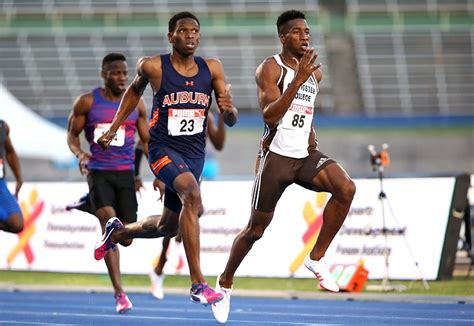
Strategic Training & Deloads
Intelligent program design includes planned recovery periods. Periodization, which involves varying training intensity and volume over time, and scheduled deload weeks, are crucial. Deloads allow the body to fully recuperate from accumulated fatigue, re-sensitize to training stimuli, and prevent overtraining, ensuring sustainable progress towards elite performance.
Listen to Your Body
Perhaps the most personalized recovery strategy is learning to listen to your body’s signals. Pay attention to persistent soreness, unusual fatigue, decreased performance, irritability, or disrupted sleep. These are all signs that your body might need more recovery. Adjust your training or intensify your recovery efforts accordingly.

Conclusion: A Holistic Approach to Elite Performance
Maximizing strength gains and achieving elite performance demands a holistic approach where recovery is given as much importance as the training itself. By prioritizing quality sleep, optimizing nutrition and hydration, incorporating active recovery, managing stress, and strategically planning deloads, athletes can unlock their full potential. Recovery isn’t just about bouncing back; it’s about building a stronger, more resilient, and higher-performing version of yourself.


